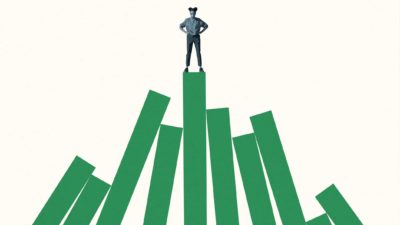The S&P/ASX 200 Index (ASX: XJO) just had its best month in over 30 years! There hasn't been a month like it since 1988 according to the AFR.
That's quite astonishing when you consider that March 2020 was one of the worst months. And the first quarter in 2020 was one of the worst quarters in history.
How strong was the ASX 200 in April?
In April 2020 the ASX 200 gained 8.8%. That's as good as a whole year of returns!
After the worst of the panic in mid-to-late March, the ASX 200 has risen 21.5% since those lows.
There were some shares in-particular which did a lot of the heavy lifting for the ASX 200 in April.
The Macquarie Group Ltd (ASX: MQG) share price rose by 19.7%.
The BHP Group Ltd (ASX: BHP) share price increased by 11.6%.
The Woodside Petroleum Limited (ASX: WPL) share price went up 23.2%.
The Newcrest Mining Limited (ASX: NCM) share price rose by 19.5%.
The Scentre Group (ASX: SCG) share price gained 48.4%.
The Transurban Group (ASX: TCL) share price went up 14.6%.
Obviously you can look down the ASX 200 market capitalisation list to find some large rises which helped the index rise as well. Such as the Afterpay Ltd (ASX: APT) share price which gained 66%.
Where to next for the ASX?
That's the big question isn't it? Can the lowest point for the ASX 200 really only be a month after the share market declines? It would be quite extraordinary considering how much economic damage the coronavirus is meant to cause around the world.
But there's a reason why "unprecedented" is being said so many times. The government support is huge. The central bank plays are strong. The combined global effort to find a cure or vaccine is massive.
Ultra-low interest rates do support share prices. But some ASX 200 businesses and jobs are going to suffer for a long longer than just a couple of months. No-one can know what's going to happen, they can only guess. My (complete) guess is that in three months or less, we may see another sell-off if the US doesn't completely open up again – which will be tough with the infection growth remaining stubbornly high – and it depletes household and business money reserves.








